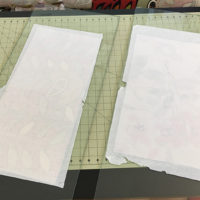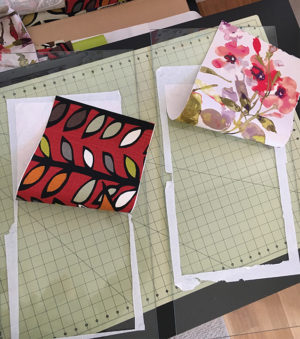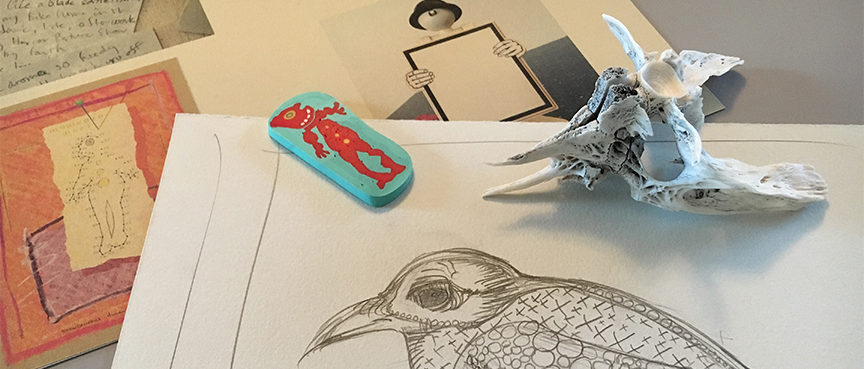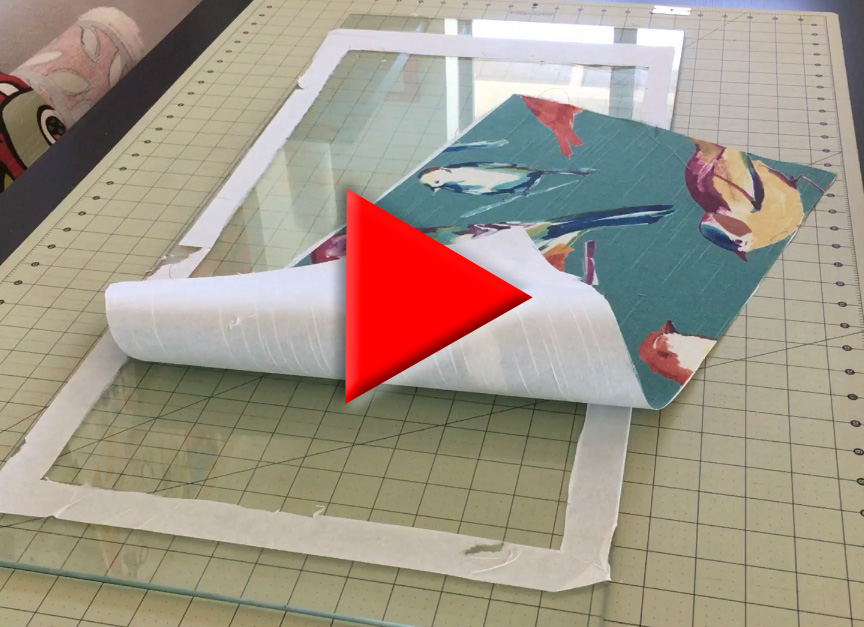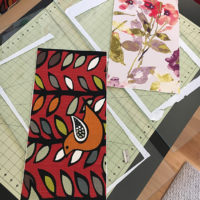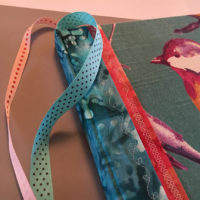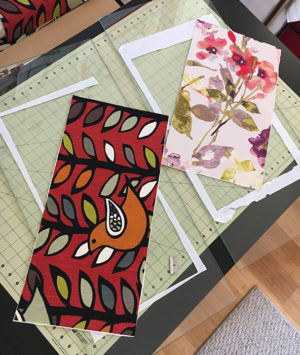
Making Bookcloth
You can buy a wide variety of bookcloth or, better yet, you can easily make your own.
Most bookcloth is backed with paper or an acrylic coating to help strengthen it, keep it from stretching while you are working with it and, perhaps most importantly, to keep glue from seeping through the weave of the fabric and ending up on the front side, ruining your cover.
You can see an example of this misstep on the book cover below.
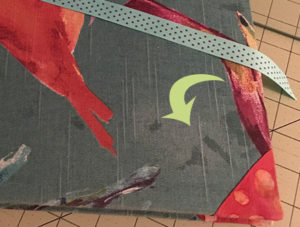
You can use almost any fabric if you first follow these directions for sealing the back.
First, make some paste
You will want to make some wheat paste ahead of time. One very simple recipe is to bring four parts water to a boil. In a separate cup slowly mix one part flour into one part cold water. Mix well and try to keep the mixture from getting lumpy, or break up any lumps that form.
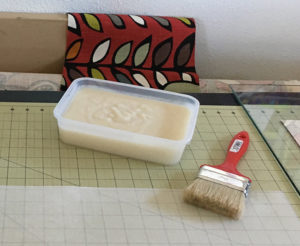
I’m saying “parts” here because it will depend on how much paste you want to make. The image shows a container of paste that was made using 4 cups of boiling water, and one cup of flour mixed into one cup of cold water. That’s a lot of paste! It doesn’t last forever so make smaller batches if you aren’t going to need much.
(A good recipe for small 0ne-use batches is 1 Cup of very hot water and 3 Tablespoons of flour. First mix the flour in a small amount of cold water, to make a smooth slurry.)
Pour the flour mixture into the boiling water and continue a low boil on medium heat, stirring constantly. It will begin to thicken like gravy, and will take on a glossy appearance. Pour it into a container and allow it to cool. It’s now ready to use. You can see a brief video on making your own wheat paste here.
Then cut and prep your fabric
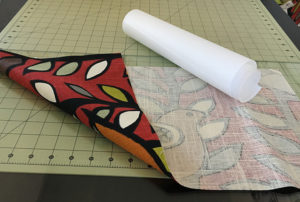
Cut a piece of fabric to approximately the size you think you will want. This doesn’t have to be exact – I always like to give myself a little extra wiggle room in case I change my mind about the finished book size.
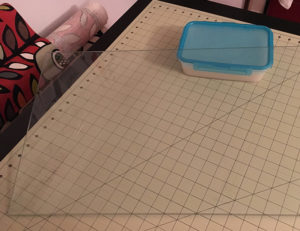
Find a suitable surface for the next step. I use a glass shelf that I bought at Ikea for $15. These shelves are heavy-duty, nearly unbreakable and have safe, rounded edges. I use them for lots of different things, including mixing ink, but they are perfect for making bookcloth, as well.
If you don’t have a glass pane you can use a cutting mat, tabletop or even a window. (If you use a window you will have to work quickly so the fabric doesn’t slide off before you get the backing paper glued to it and the window.)
Place the fabric face down on the surface you have chosen. Spray the fabric lightly with water.
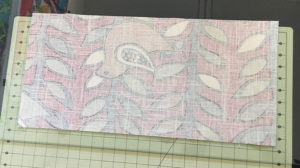
Next, the Backing Paper
Cut a piece of backing paper two inches larger in both directions than the cloth you are going to use. You’ll want to use a lightweight paper, perhaps an inexpensive Japanese rice paper such as Kozo, or perhaps Unryu, which has fibers running through it, making it a bit stronger and easier to handle than Kozo when it’s wet. These papers can be purchased in rolls and are perfect for this task.

Yasutomo Sumi Painting Paper Rolls
Place the paper on a surface that you can glue on – again, this could be a cutting mat, a tabletop protected by waste paper, or another one of those handy glass shelves. Spray the paper lightly with water and brush it out to relax the fibers. Then spread the paste 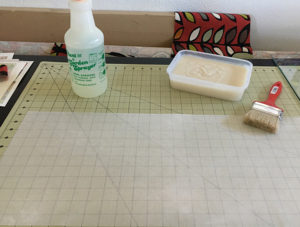 evenly across the entire surface of the paper, working from the center to the edges.
evenly across the entire surface of the paper, working from the center to the edges.
The next step is a bit tricky because the paper is so wet and flimsy, and also covered with paste, so it will want to fold in on itself and glue itself together. If you are trying to cover a larger piece of fabric you might want to use two or three smaller pieces of paper rather than one large unwieldy piece.
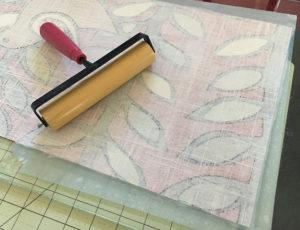 Once you have the paste on the paper you will want to place it on the backside of the fabric (glue side down :). Smooth it carefully from the center out to the edges using a brush or a brayer. If you are using a brayer, do this lightly as you do not want to push paste through the fibers of the fabric onto the other side. A light touch with the brayer is all it takes. I like to start with a brayer and then use a brush to finish it off.
Once you have the paste on the paper you will want to place it on the backside of the fabric (glue side down :). Smooth it carefully from the center out to the edges using a brush or a brayer. If you are using a brayer, do this lightly as you do not want to push paste through the fibers of the fabric onto the other side. A light touch with the brayer is all it takes. I like to start with a brayer and then use a brush to finish it off.
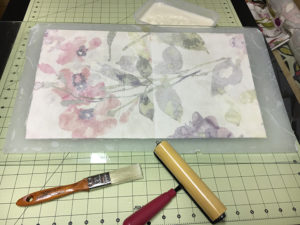
Last, let the bookcloth dry and use it!
Let everything dry thoroughly, then cut around the edges of the fabric and peel it off of the surface. Clean up with water.
